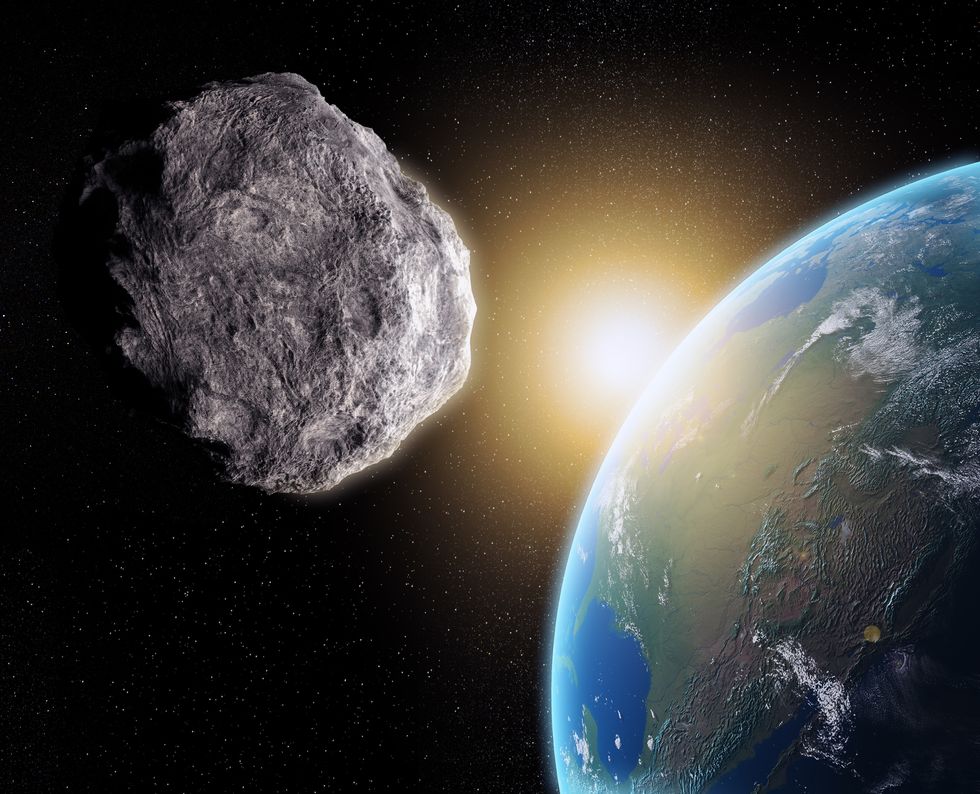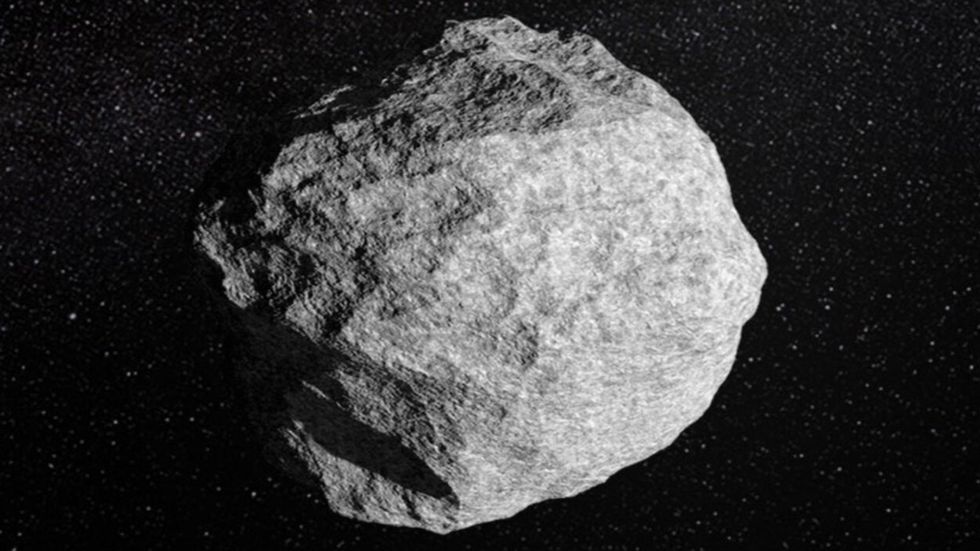NASA upgrades risk of ‘city-killer’ asteroid hitting Earth to HIGHEST ever in agency’s history
The latest assessment makes asteroid 2024 YR4 the most threatening space object ever documented
Don't Miss
Most Read
Trending on GB News
Nasa has announced an increased risk of Earth impact for a newly discovered asteroid, with chances now standing at 3.1 percent.
The space agency revealed yesterday that asteroid 2024 YR4 has a 1 in 32 probability of striking our planet in 2032.
The latest assessment represents a five percent increase from previous predictions, escalating concerns about the potential collision.
The asteroid measures between 130 and 300 feet in width, according to astronomers' estimates based on its brightness.

Nasa has announced an increased risk of Earth impact for a newly discovered asteroid, with chances now standing at 3.1 percent (Stock Image)
GETTYAnalysis of the space rock's light signatures indicates it has a typical composition, rather than being composed of rare metals.
These characteristics place it firmly in the category of potentially city-destroying asteroids, should it make impact with Earth.
This latest assessment makes asteroid 2024 YR4 the most threatening space object ever documented by modern forecasting systems.
The previous record holder was asteroid Apophis, which in 2004 was calculated to have a 2.7 percent chance of striking Earth in 2029.
LATEST DEVELOPMENTS:
Further observations later ruled out the possibility of Apophis impacting Earth, though 2024 YR4's current risk assessment remains at its elevated level.
The blast would be 500 times more powerful than the atomic bomb dropped on Hiroshima during World War Two.
A simulation video demonstrates the devastating potential impact on an urban area, showing how the collision would level buildings across a city-sized region.
The current "risk corridor" for potential impact stretches from South America across the Atlantic Ocean to sub-Saharan Africa, then across the Arabian Sea to India.
 The space rock, codenamed 2024 YR4, has a 1.2 per cent chance of colliding with EarthESA
The space rock, codenamed 2024 YR4, has a 1.2 per cent chance of colliding with EarthESAScientists outline two possible scenarios if the asteroid reaches Earth. In the first scenario, a direct surface impact would devastate an area the size of Washington, DC.
Alternatively, 2024-YR4 could explode in mid-air like the Tunguska asteroid did in 1908.
The Tunguska event, while avoiding surface impact, caused the most explosive impact in recorded history when it detonated over Siberia.









